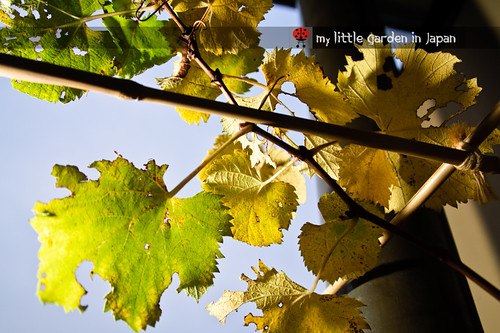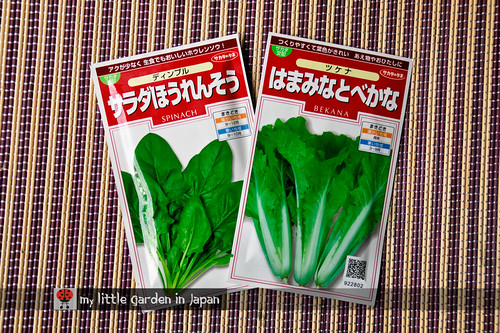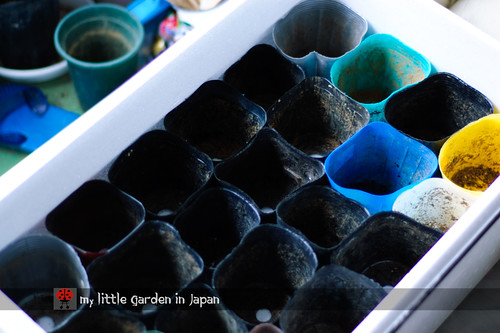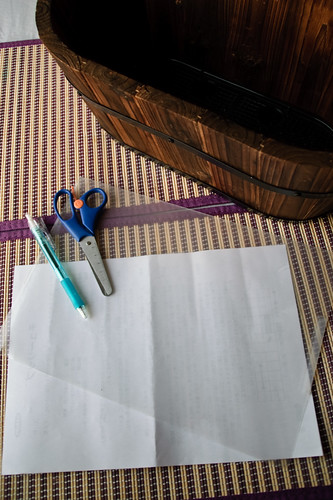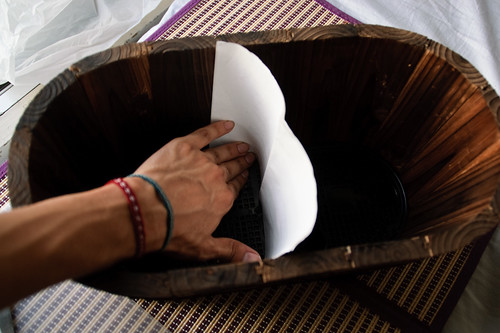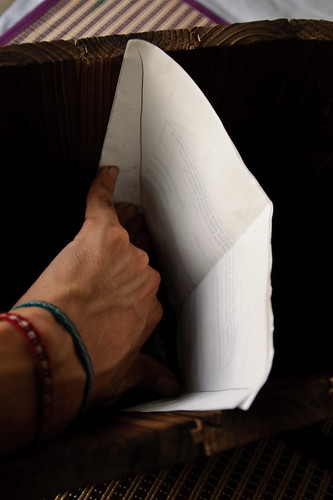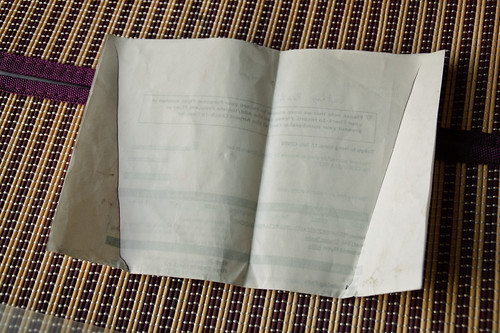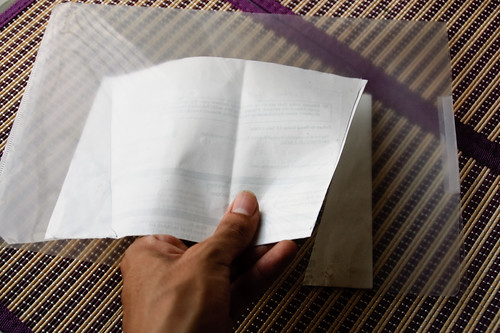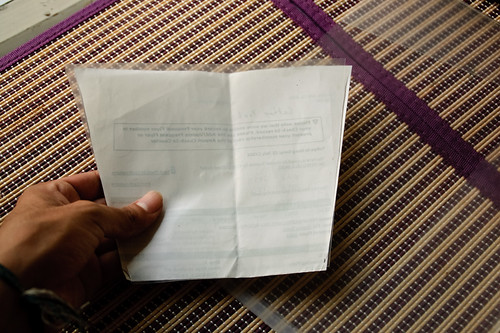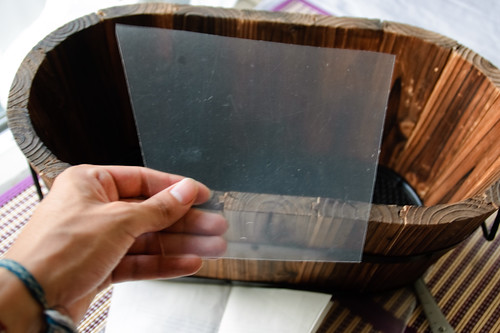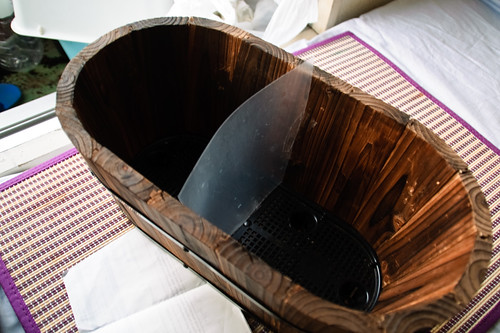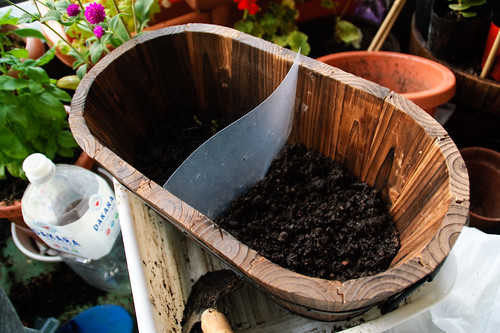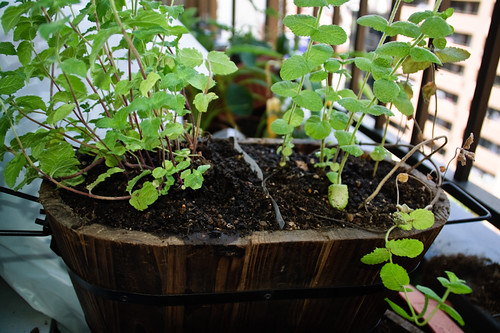As you know, I have lost my strawberry twice patch so far, once to some unknown disease and other time to beetles. So, to avoid having to buy everything from scratch again, I decided I must have some sort of back up strawberry patch. The only problem is that my little garden hardly can fit more plants and having duplicates for six varieties of berries takes a lot of space. Fortunately I found a perfect container to fit all of my berries in a very compact way.
While I was browsing around the 100yen store (dollar store) I found this amazing planter. It is a stackable three way pot. It is great, just the perfect size and depth. I can set my strawberries the same way as in a traditional strawberry jar pot, but because this one can be taken apart it is much easier to maintain. Also, I can shuffle around the levels to assure each plant gets lots of sun when they need it.
It is always good having a back up for valuable plants and this is just the planter I needed. Some of the strawberry varieties are hard to get or a bit expensive. I will save a lot of troubles and costs in case something bad happens (it already did, but more about that later).
The next step is to keep organized, I need to make some good labels and tag which strawberry is which one.
While I was browsing around the 100yen store (dollar store) I found this amazing planter. It is a stackable three way pot. It is great, just the perfect size and depth. I can set my strawberries the same way as in a traditional strawberry jar pot, but because this one can be taken apart it is much easier to maintain. Also, I can shuffle around the levels to assure each plant gets lots of sun when they need it.
It is always good having a back up for valuable plants and this is just the planter I needed. Some of the strawberry varieties are hard to get or a bit expensive. I will save a lot of troubles and costs in case something bad happens (it already did, but more about that later).
The next step is to keep organized, I need to make some good labels and tag which strawberry is which one.

















